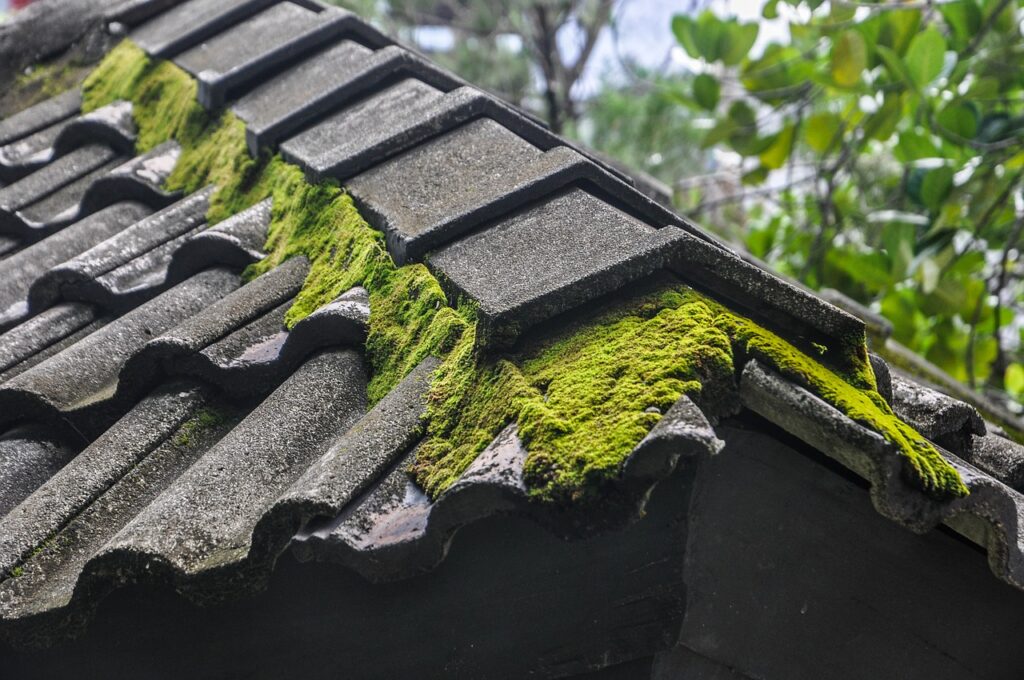Best Solar Panels for Residential Use in 2024
When selecting the best solar panels for residential use in 2024, look for high-efficiency ratings between 15% and 22% for ideal energy output, especially if roof space is limited. Prioritize panels with robust durability and solid warranties to guarantee they withstand harsh weather. Sleek designs, minimalist frames, and color options will enhance your home’s curb appeal. Proper installation and compatibility are essential for peak performance, so ensure professional assessment. Though high-efficiency panels might cost more upfront, they lead to long-term savings and tax incentives help. Highly-rated panels are praised for reliability and significant energy savings. Let’s explore these top choices further.
Efficiency Ratings
When selecting solar panels for your home, understanding efficiency ratings is essential to maximizing energy production. Efficiency ratings indicate how well a solar panel converts sunlight into usable electricity, known as conversion efficiency. If you are considering installing solar panels, it’s also important to factor in the solar panels cost Scotland offers, as regional pricing can impact your overall budget and decision-making process.
High-efficiency panels generate more energy output from the same amount of sunlight compared to lower-efficiency ones. This means your home will produce more power, potentially reducing your electricity bills.
Most residential solar panels have conversion efficiency rates between 15% and 22%. While this mightn’t seem important, it’s vital to remember that even a small increase in efficiency can greatly impact your overall energy output.
For instance, a panel with a 20% efficiency rate will produce more electricity than a panel with a 15% efficiency rate, given the same amount of sunlight.
When comparing panels, look for those with higher efficiency ratings, as they’ll provide better performance, especially in areas with limited roof space. You’ll get more energy output per square foot, making the most of your available space.
Durability and Warranty
Selecting solar panels with robust durability and a solid warranty guarantees that your investment will withstand the test of time and deliver dependable energy production for years to come. When evaluating solar panels for your home, pay close attention to material quality. High-grade materials like tempered glass and corrosion-resistant aluminum frames make sure that your panels can endure harsh weather conditions, including heavy rain, snow, and strong winds.
Weather resistance is another critical factor. You’ll want panels that are built to withstand extreme temperatures and UV radiation without degrading. This ensures consistent performance and longevity, even in less-than-ideal climates. Manufacturers often test their panels rigorously to meet international standards for durability, so look for certifications that confirm these tests.
A reliable warranty is a non-negotiable aspect of your purchase. Most top-tier solar panel manufacturers offer warranties that cover both product defects and performance guarantees. Typically, you should expect a product warranty lasting around 10-12 years, complemented by a performance warranty of up to 25 years. This dual coverage protects your investment and provides peace of mind, knowing that your panels will generate sufficient energy over their lifespan.
Always check the fine print to understand what’s covered and for how long.
Aesthetic Options
When selecting solar panels, you’ll want to take into account how they look on your home. Modern panels offer sleek design trends and a variety of color and finish options to match your aesthetic preferences.
Let’s explore how these choices can enhance your home’s appearance while providing energy efficiency.
Sleek Design Trends
Sleek design trends are redefining residential solar panels, offering homeowners both functionality and aesthetic appeal. Nowadays, you can find panels with minimalist frame materials that blend seamlessly with your roof. These frames are often made from lightweight metals like aluminum, making them durable yet unobtrusive. They not only support the solar cells but also add a modern touch to your home.
Mounting systems have also evolved to complement these design trends. Today’s systems are less bulky and more streamlined, allowing for a cleaner installation. They come in various options that let you mount the panels close to the roof’s surface, reducing any gaps that might disrupt the visual flow.
This means your solar panels can now sit flush with your roofing material, providing a sleek and polished look.
Color and Finish Choices
Homeowners now have a variety of color and finish choices to guarantee that their solar panels complement their home’s aesthetic. Gone are the days when solar panels only came in dull black or blue. Today’s market offers an array of color variations, allowing you to select panels that seamlessly blend with your roof or exterior walls.
You can choose from sleek black panels for a modern look or opt for more unique colors like terra cotta or even custom shades to match your home’s specific style. This flexibility ensures that your solar panels enhance rather than detract from your home’s curb appeal.
Finish textures have also seen significant advancements. You can now pick panels with matte finishes to reduce glare, or glossy finishes if you prefer a more polished appearance. These finish textures not only affect the look but can also have minor impacts on performance and maintenance.
For instance, a matte finish might blend better with certain roofing materials, while a glossy finish can be easier to clean.
Installation and Compatibility
Ensuring your solar panels are installed correctly and are compatible with your home’s existing electrical system is vital for peak performance and efficiency. Start by considering the panel placement; where you position your solar panels can greatly impact their effectiveness. Ideally, you want them to face south to maximize sunlight exposure throughout the day.
Next, assess your roof compatibility. Not every roof is suitable for solar panel installation. Check if your roof has adequate space, the right angle, and the structural integrity to support the panels. Roofs made of durable materials like asphalt shingles, metal, and tiles are usually the best candidates.
Lastly, verify that your home’s electrical system can handle the additional load from the solar panels. It’s important to have a professional evaluate your system to avoid any potential issues down the road.
Here’s a quick checklist to guide you:
- Panel placement: Position for maximum sunlight exposure, ideally facing south.
- Roof compatibility: Check for adequate space, angle, and structural integrity.
- Electrical evaluation: Confirm that your electrical system can support the new load.



